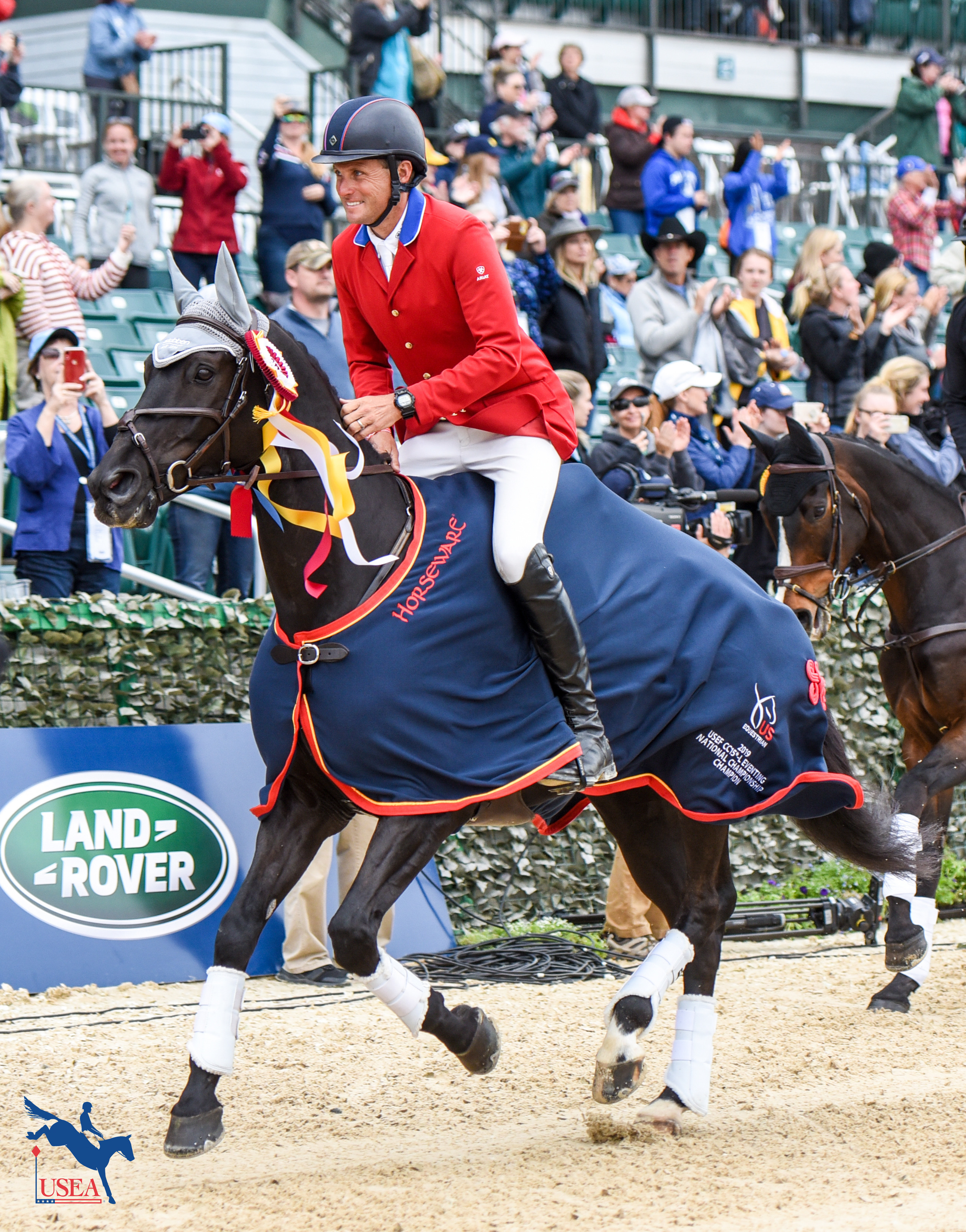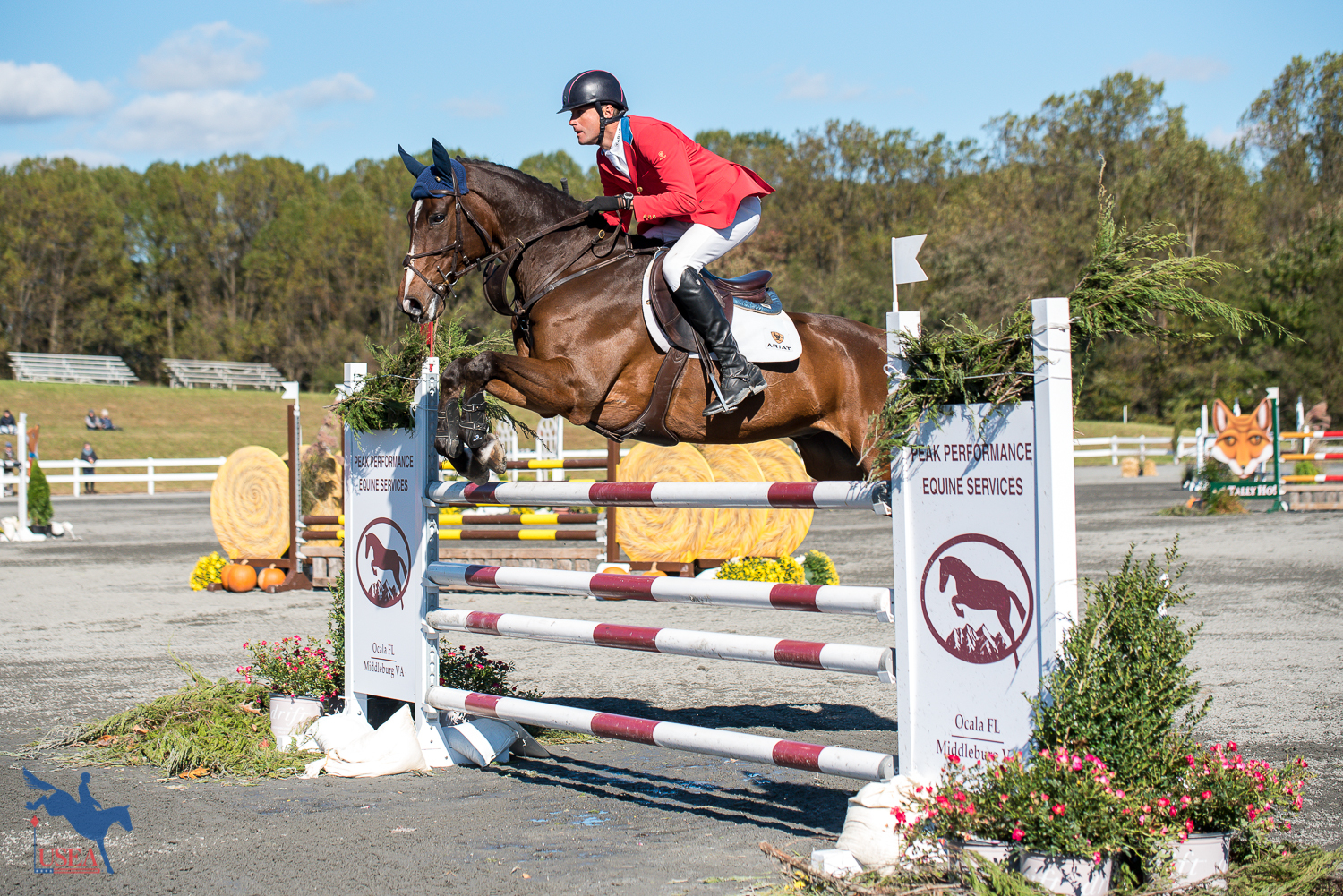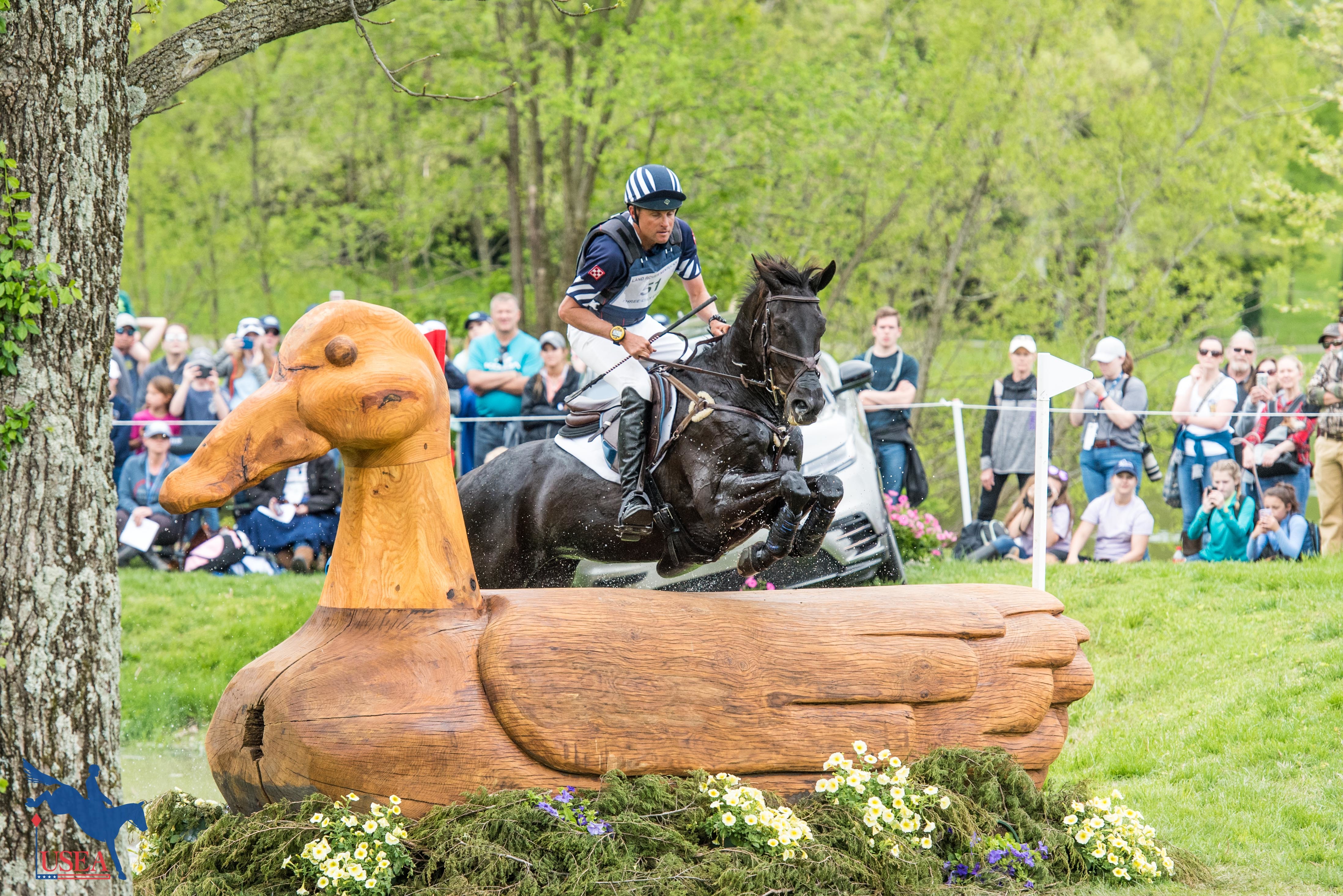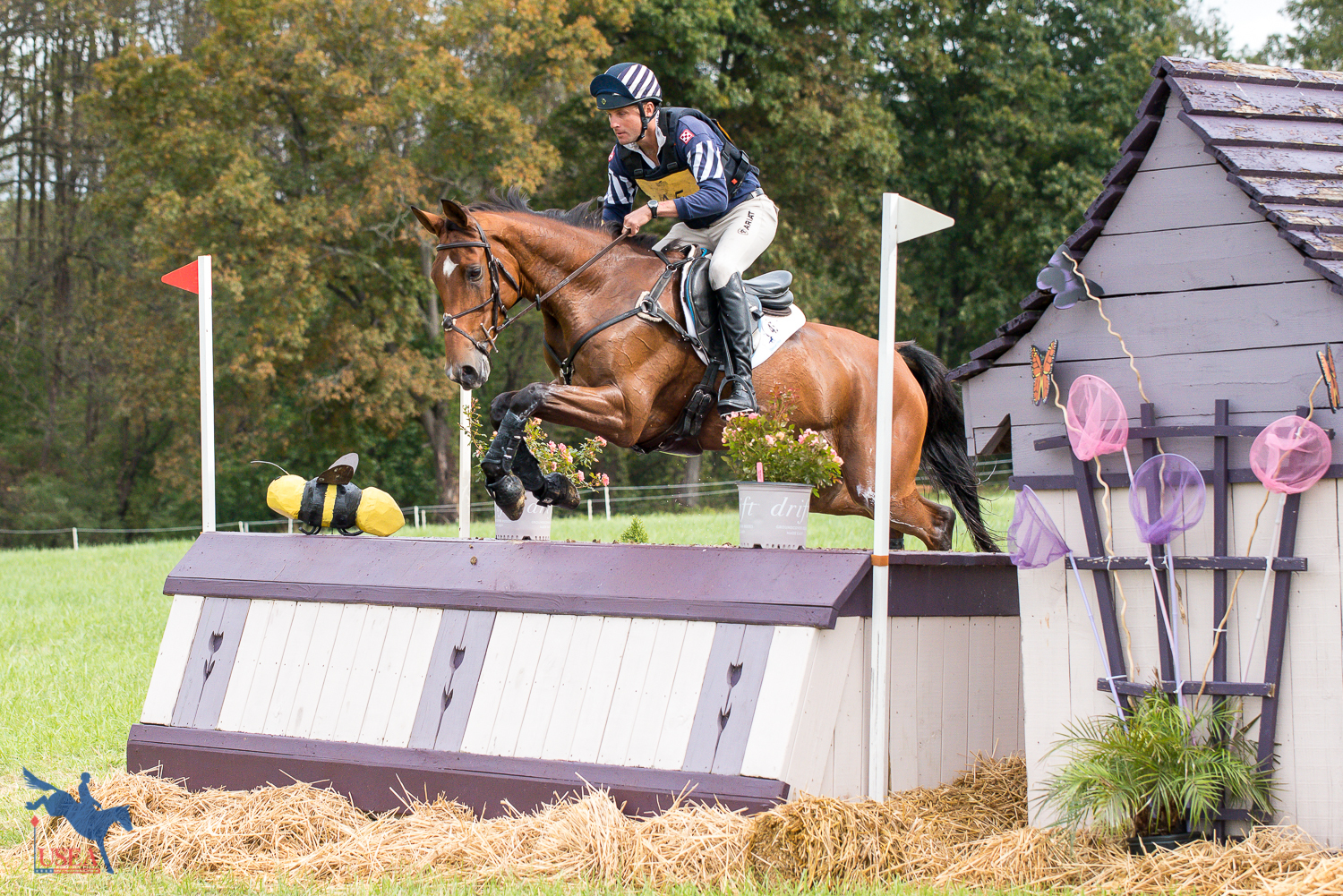Featured Clinician: Boyd Martin

Boyd Martin is an absolute asset to the sport of eventing in the United States. A frequent member of the U.S. Eventing Team at international championships, Martin consistently produces horses to the top level of the sport and carves out time to give back to the community by teaching at his own Windurra USA in West Grove, Pennsylvania in addition to traveling to teach clinics nationwide.
Following multiple wins at Mars Equestrian CCI Bromont in the CCI4*-L and the CCI3*-S, Event Clinics managed to steal a few moments of Martin’s time just prior to a clinic in Michigan.
“Sometimes the schedule for the time I can allow for teaching isn’t ideal for most - the horses and competition come first. Right now, the Bromont horses are having a bit of a rest, but it’s a hard balance. Most people want clinics when they’re thick in competition season, and that time isn’t always available. I have to keep my priority on my horses and my eventing career.”
“Traveling to teach like this is a bit of a catch-22. I don’t teach that many clinics because I’m so busy with my own horses - it’s hard to find the right time to get away. I do look forward to a bit of a break of the monotony of training at home because it’s really interesting to be able to go to different parts of America where there are eventing enthusiasts. Meeting so many new horses and people - it’s refreshing, but it’s hard work.”

Martin’s clinics are incredibly popular, which can be attributed in part to Martin’s unique style of teaching. “I definitely don’t bring my textbook on ‘Right Ways of Riding.’ I’ve learned so much off many, many people in years of eventing. I’ve been hard at it at the top level for 25 years now, so I have my own system blended from all sorts of wonderful trainers. I try to pass along little things I’ve learned along the way.”
“I always think back to the first clinic I ever took. It was with the legendary George Morris in Mt. White, Australia. I can still remember the two sessions word-for-word and how he structured it. He put so much discipline into the sessions and I so clearly remember the feeling of improvement I took away from the clinic.”
“People pay so much money, and drive long distances to go home with the feeling that they’ve achieved and learned something.”
Striving to give people an experience that is worthy of the time and effort they put into attending a lesson or clinic with him, Martin’s teaching style truly reflects what he practices with horses in his program.
“In a show jumping clinic, for example, I try to recreate how I train mine at home when jumping. So I start out with some flatwork, move the horses around a bit. Then I check in with the rideability - is my horse adjustable? Can I make the stride longer and shorter? Then I’ll add in a gymnastic to work on technique. Ultimately I build up to a bit of coursework. Really though, every horse is an absolute individual.”

Having been consistent at the top of the sport for so many years comes from lessons learned along the way, for better or worse. “I’d probably go back and tell myself not every horse is meant to be a champion five-star horse. One of my biggest flaws - that I’m trying to change - is that I try to make every horse the best horse in the world. I’ve spent many thousands of hours month after month day after day on horses that would’ve been a bit better off had I made the decision to sell them or redirect their career at an earlier stage.”
“I think the biggest lesson for working students is being at a top stable with a good rider. Watching, learning, listening, day-in and day-out. Month after month, year after year. That worked for me. Not how many lessons I got, but being immersed in a program and observing what was going on day in and day out.”
Observation of some of the best riders in the world and their programs has certainly left a lasting impression on Martin.
“I’ve had two huge equestrian mentors. I went to work for Heath Ryan in Australia when I was 17. It was a huge learning experience.” Ryan is an Australian Olympian and has produced countless international eventing and dressage horses. Martin spent eight years immersed in Ryan’s program, which he says “had over 200 horses, with everything from breeding to breaking-in and upper level horses.”

In 2007, Martin relocated and continued to absorb all that he could from yet another top program. “My second life has been here in America, I worked for Phillip [Dutton] for two or three years, which was an unbelievably positive and life-changing experience. Watching him train horses, run his business, and look after his family was an incredible lesson in itself.”
Having worked tremendously hard for all of his successes, Martin has high standards for his working students and apprentices. A number of the most committed and ambitious riders who have spent time immersed in the program at Windurra in West Grove, Pennsylvania and Aiken, South Carolina have gone on to be successful at the international level.
“I always try to make time to help my working students. I’ll be the first to admit my program is slightly different from most. The workload, effort, energy, and commitment of people who work for me is very high. It’s grueling long, long hours and hard, hard work. A majority of people don’t want that intense of a program. Those who hang around and end up staying are usually pretty unique individuals.”
“Natural ability is handy, but I’ve seen so many gifted riders amount to nothing because they weren’t hungry or determined enough. Someone with high ambitions, commitment, and who is hard-working is always going to stand out.”

There are nationwide opportunities to ride or audit one of Boyd Martin’s clinics available with easy online registration through Event Clinics. Click here to #LearnFromTheBest!














